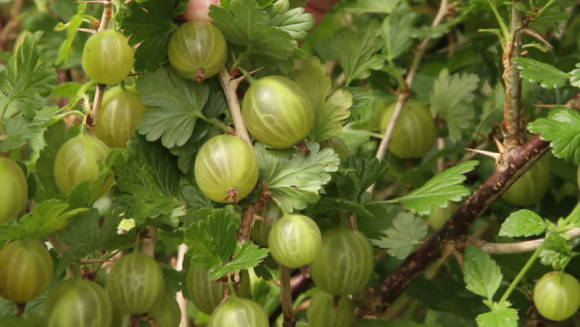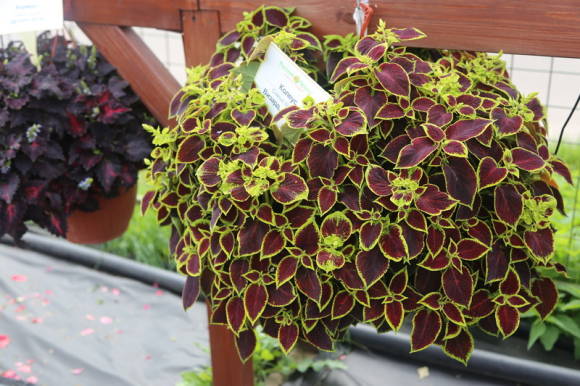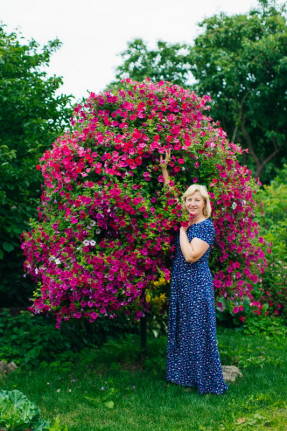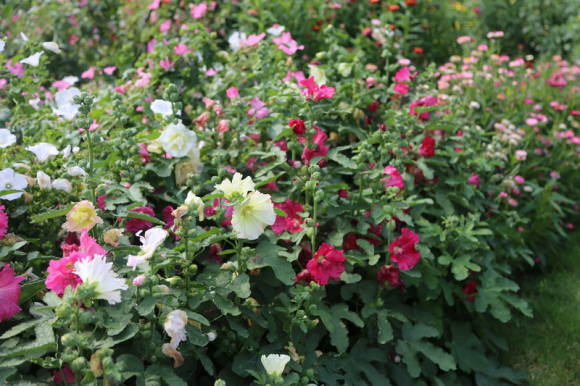 Summer warmth leaves, and with it bright cheerful colors. Cool autumn days give way to long autumn nights. And suddenly from the ground there appear delicate and such unexpected bright flowers at this time. This crocus lives up to its name.
Summer warmth leaves, and with it bright cheerful colors. Cool autumn days give way to long autumn nights. And suddenly from the ground there appear delicate and such unexpected bright flowers at this time. This crocus lives up to its name.
Colchicum (scientifically - colchicum) - although it has been familiar to Ural gardeners for a very long time, it is still quite rare in our gardens. They are perennial corms that bloom mainly in autumn when other plants shed their leaves.
Everything is unusual about these plants. In early spring, leaves appear above the surface of the earth, which die off by mid-summer, feeding the corms with nutrients.
And only with the onset of cold weather and rains will they please those who have moved out of town and live there permanently. But even arriving only on weekends, you will also see them bloom, because it lasts about 25 days, if these are not lonely plants, but a small curtain. And after the end of flowering, no traces remain above the ground.
Flowers at crockery funnel-shaped or goblet with a long cylindrical tube, very similar to crocus flowers. The color of the flowers is often lilac-pink, but there are also white, lilac, purple. There are also forms of crocus and double flowers, as well as blooming in spring.
In the spring, large, squat, elliptical leaves grow in the crocus. Seed boxes appear at the same time. By the beginning of summer, seeds ripen in them. After that, the plants wither, the leaves die off, and in the fall the plants bloom.
Colchicum grow very well both in partial shade under trees and in open places. They prefer loamy, moderately moist soil with a fairly high content of organic matter. Colchicum plants are usually planted on lawns, in groups of shrubs, together with snowdrops, scilla, muscari and other small bulbs. They can grow in one place for 5-6 years. Colchicum is the best decoration for the alpine slides.



During the growing season, croplands are watered as needed. And for the winter, plantings must be covered with a layer of peat crumb mulch, humus, spruce branches or fallen dry leaves.
The crocus is propagated by corms and seeds. Their bulbs are large, oval in shape, covered with scales. The bulbs are planted to a depth of 7-15 cm, depending on their size, at a distance of 20 cm from each other. 4-5 years after planting, a nest of bulbs is formed, consisting of 6-12 bulbs, which begin to strongly press each other. The bulbs are dug up and transplanted in late July-early August, when the aboveground parts of the plants are completely dead. You can grow crocus from seeds. But such seedlings will bloom only in the 5-7th year.
To achieve the greatest effect, croplands are best arranged in groups. In this case, plantings can be placed in front of trees and shrubs, on lawns and flower beds in combination with perennials, on alpine hills.
In the crocus, all parts of the plant contain various alkaloids. Therefore, these exotic flowers should be treated like poisonous plants.









